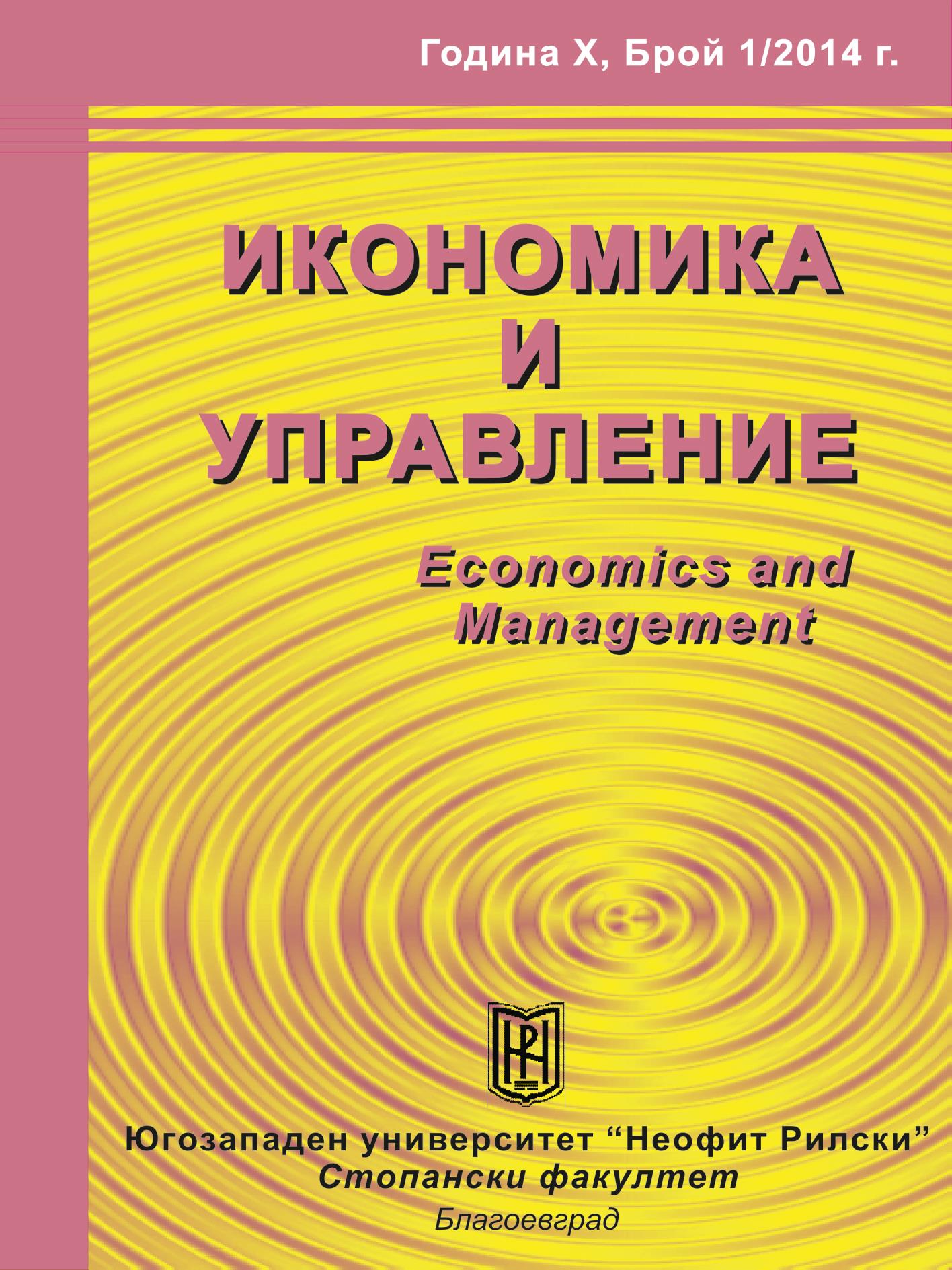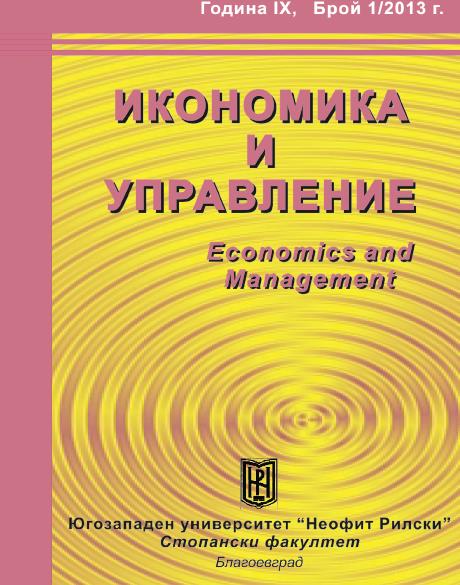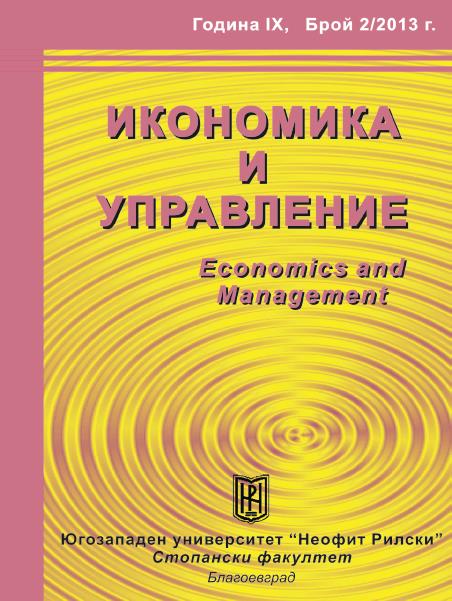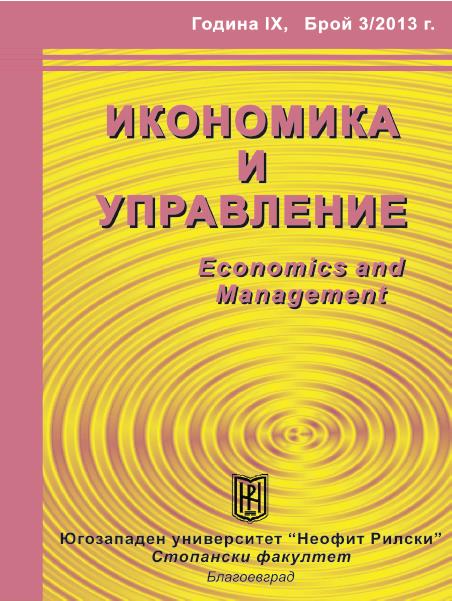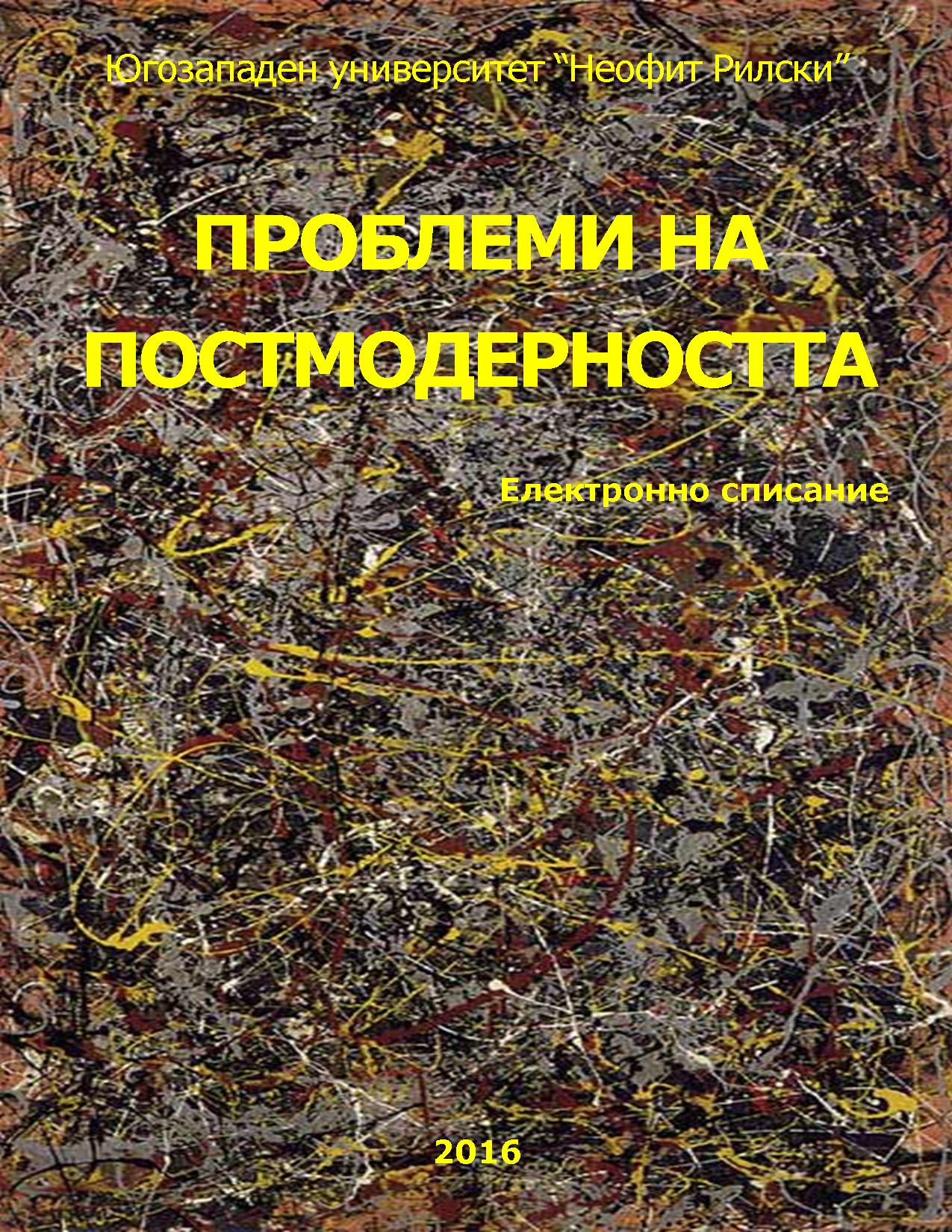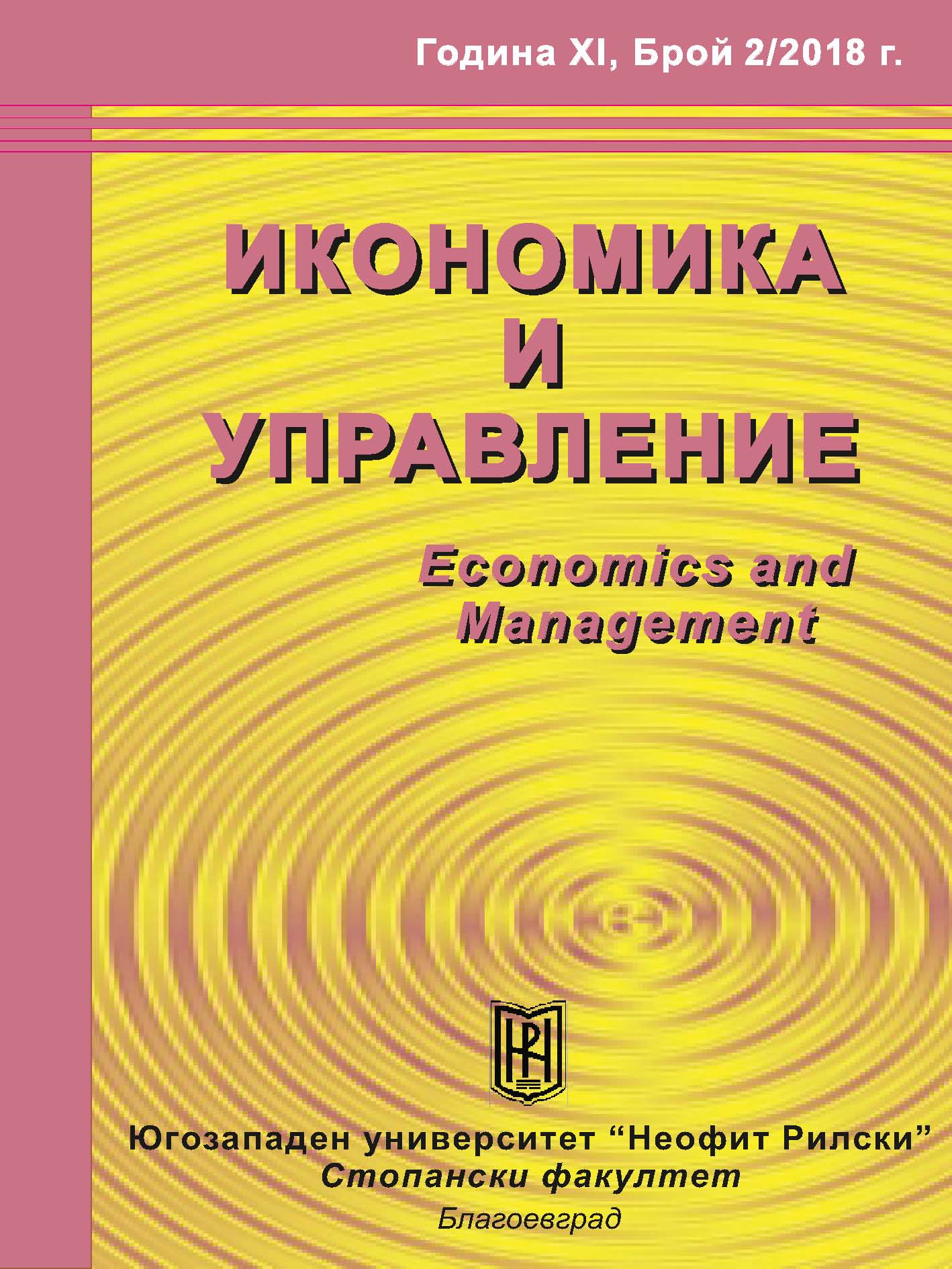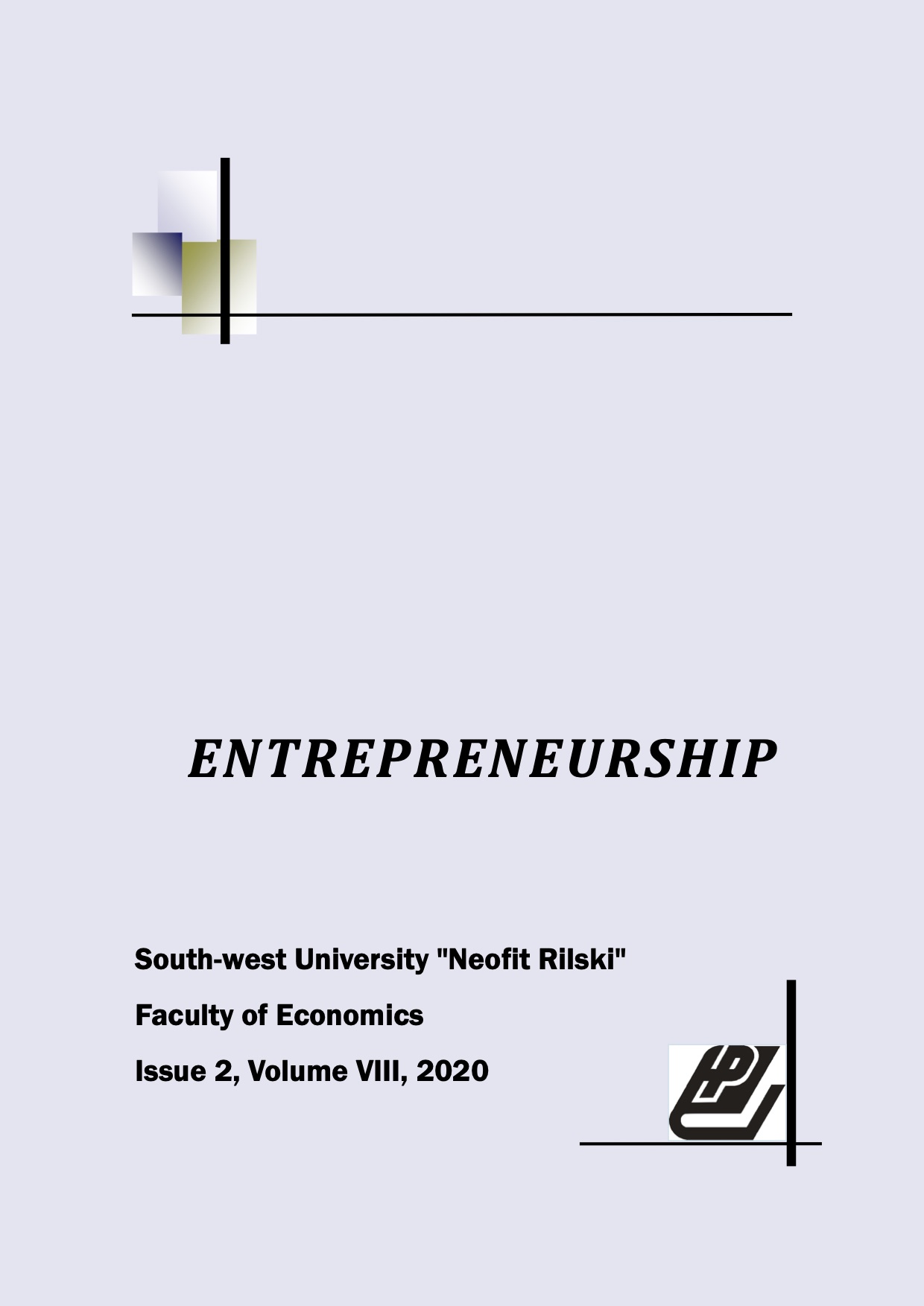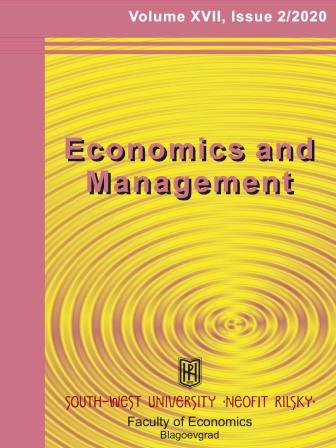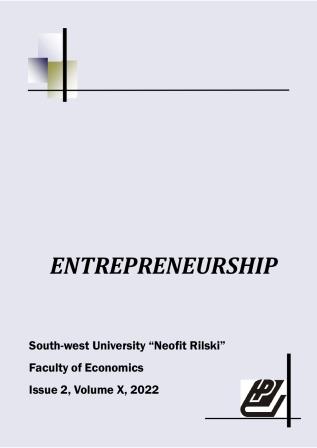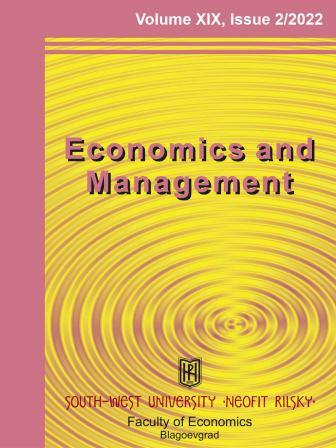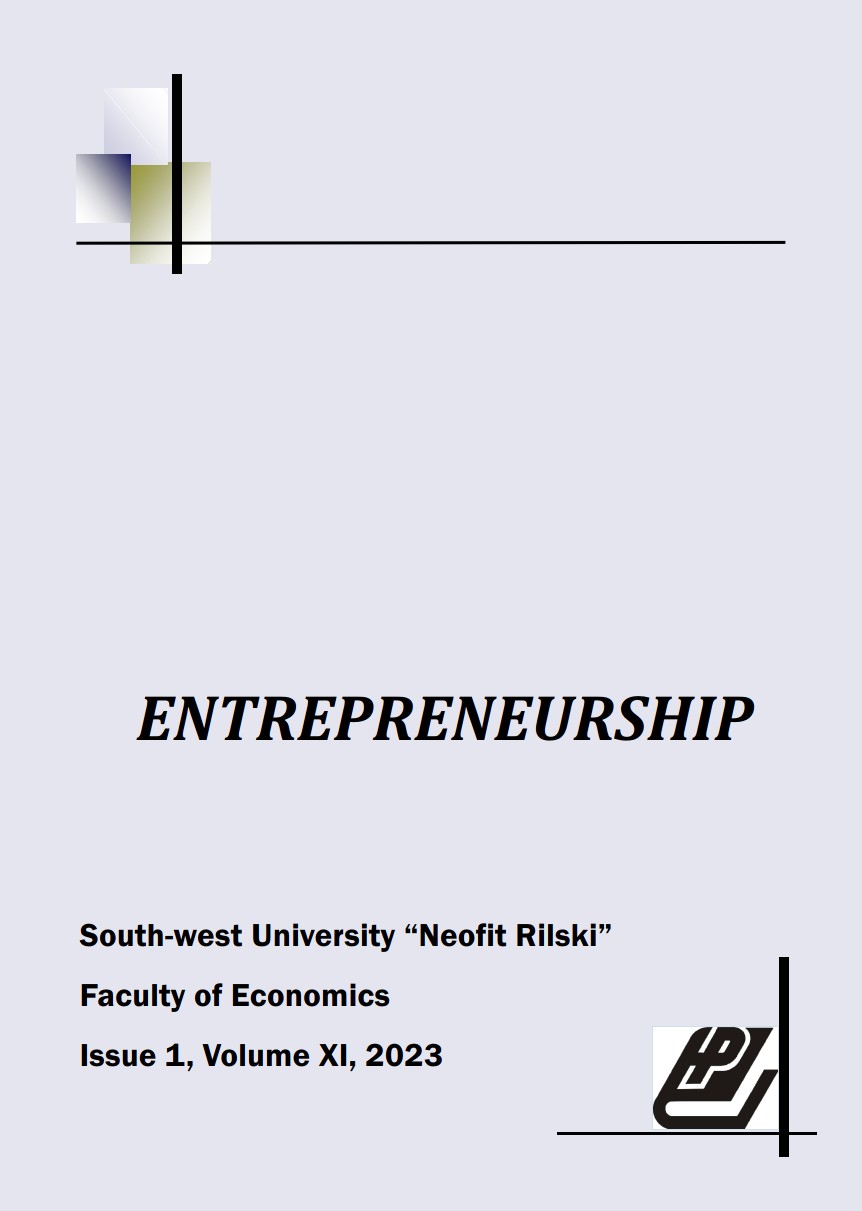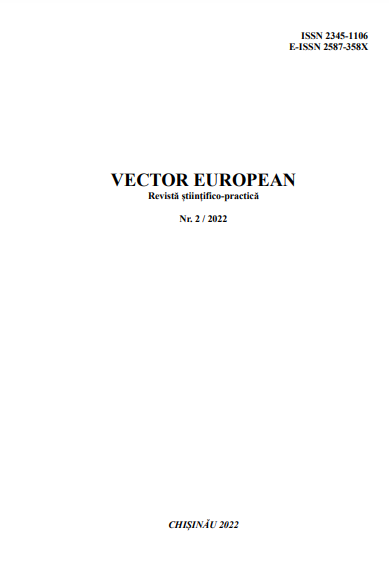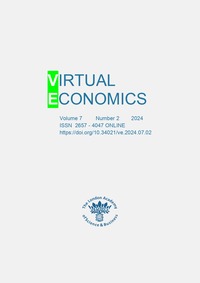Author(s): Marta Gross,Małgorzata Dudzińska,Agnieszka Dawidowicz,Ada Wolny-Kucińska / Language(s): English
Issue: 3/2024
Motives: Urban mobility models are constantly changing due to economic, social, infrastructural, andgeographical factors. Preferences for transport modes vary by country, region, and city, and transportinfrastructure and policy have a significant impact on residents’ choices. Additionally, economicfactors such as economic crises, public policy decisions, and events such as armed conflicts havea significant impact on the dynamics of mobility in functional urban areas (FUAs).Aim: The main goal of the research was to create groups of countries (clusters) that have similarpriorities regarding travel behaviour threats revealed as a result of the economic crisis resulting fromthe conflict in Ukraine.Results: The study shows that the main threats during the economic crisis (resulting from the warin Ukraine) are economic factors (e.g., ticket prices, an increase in fuel costs), legal factors (e.g., lossof a driving license or passenger transport license), and infrastructural factors (e.g., poor conditionof infrastructure). The analysed countries were grouped based on the hierarchical prioritizationof threats, using Ward’s hierarchical clustering method. Interestingly, the distance from the conflictepicentre did not significantly influence the prioritization of threat factors influencing transportationbehaviour in FUAs. Instead, factors such as membership in international organizations, energydependence on Russia, the level of economic growth, and transport infrastructure played a more keyrole in the priority-setting process.
More...
